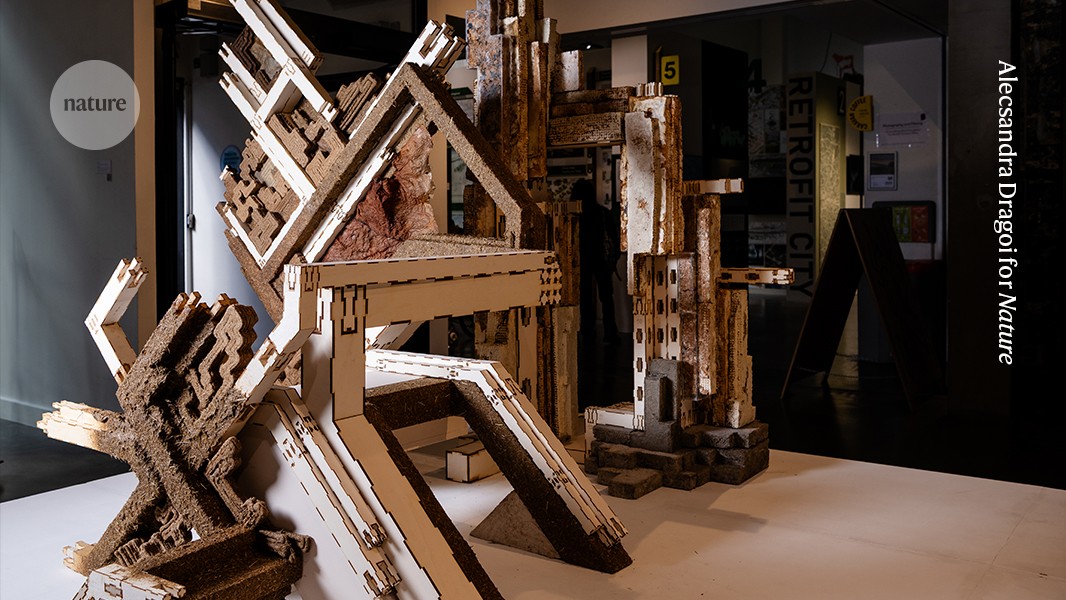
"The natural world teems with microorganisms. Billions of species of bacteria, archaea, viruses and fungi make up complex ecosystems in the soil, water and air. The activity of these microbes sustains plants through their roots, animals through their guts and skin, and helps to regulate the planet's climate and chemical cycles. But people spend about 90% of their time indoors, sealed inside environments that are, by design, hostile to many microbes."
"Probiotic architecture means "we can target harmful microbes, but at the same time we still allow other benign microbes - or even potentially the microbes that are good for us - to exist", says Richard Beckett, an architect specializing in bioaugmented design at University College London. "It's recalibrating the idea that sterility is safest for our built environments." But using homes, offices and schools as vectors for engineered exposure to microbes is controversial."
Billions of bacteria, archaea, viruses and fungi form complex ecosystems that sustain plants, animals and regulate climate and chemical cycles. People spend about 90% of their time indoors in sealed environments that are hostile to many microbes. The sterile nature of modern architecture reduces infectious-disease risk but may contribute to immune-related maladies. Probiotic architecture aims to allow benign or beneficial microbes to exist indoors while targeting harmful microbes. The approach seeks to recalibrate sterility in built environments. Using buildings to engineer microbial exposure is controversial because research is still determining which microbes live indoors and which introductions would be safe and effective.
Read at Nature
Unable to calculate read time
Collection
[
|
...
]